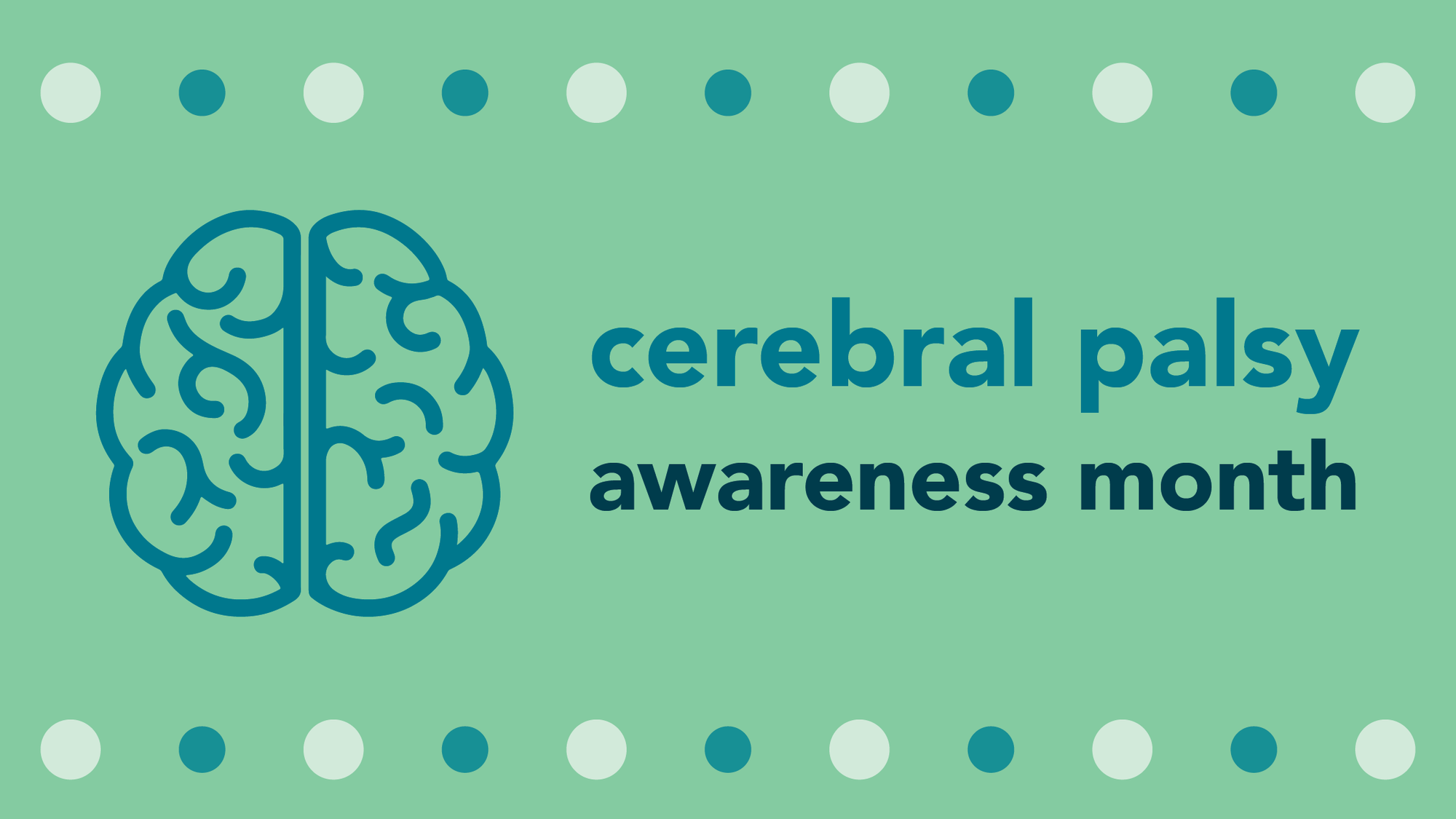March is Cerebral Palsy (CP) Awareness Month, a time to celebrate the diversity and resilience of individuals living with this condition. CP affects people in different ways, and each person has unique experiences, strengths, and challenges. It is caused by damage to the developing brain, but it does not define individuals or limit their potential.
For individuals with CP, everyday tasks may require extra effort, and they may face barriers to accessing education, employment, and other opportunities. It is important to recognize these challenges and work towards creating a more inclusive society that supports everyone's unique needs.
At the same time, it is essential to recognize that individuals with CP have a wide range of abilities and talents. They can contribute to society in many ways, whether through art, music, sports, or other fields. With the right support and accommodations, they can pursue their passions and achieve their goals.
To be inclusive and understanding towards individuals with CP, we can start by learning more about the condition and challenging misconceptions. CP is not a disease, and it cannot be cured. It is simply a part of someone's identity, and they deserve respect and dignity like anyone else.
We can also promote inclusion by advocating for accessibility and accommodations. This includes physical accessibility, such as ramps and elevators, but also social accessibility, such as inclusive language and attitudes. By removing barriers, we can create a more welcoming environment for everyone.
Finally, we can show support and solidarity with individuals with CP by listening to their experiences, amplifying their voices, and celebrating their achievements. This can be through social media, attending events, or simply being a supportive friend or family member.
In conclusion, Cerebral Palsy Awareness Month is an opportunity to celebrate diversity, challenge misconceptions, and promote inclusion. By working together, we can create a society that recognizes and values everyone's unique abilities and contributions.
Learn more
American Brain Foundation What Is Cerebral Palsy?



